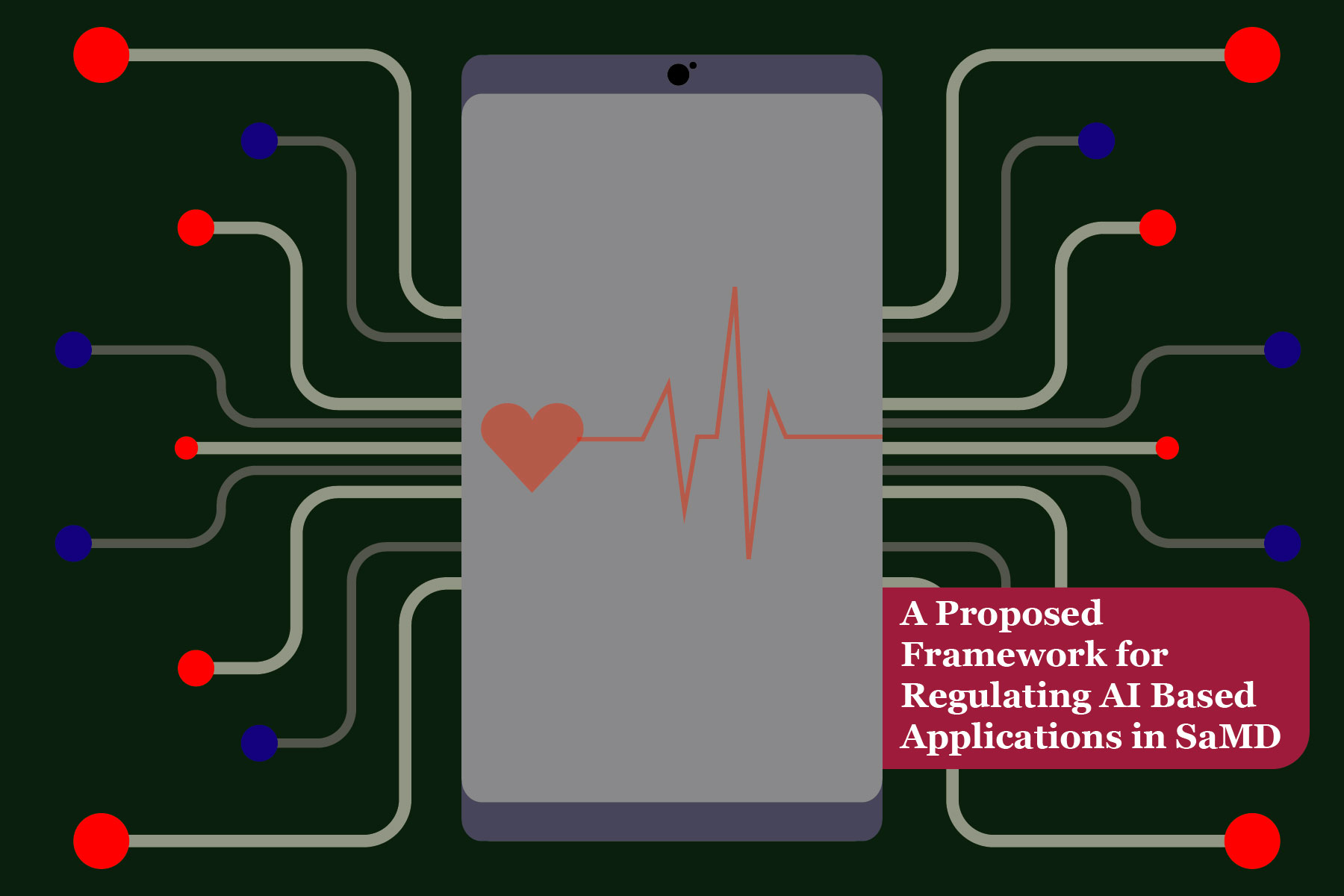One of the backbones of the current Industry 4.0 is Artificial Intelligence (AI). It is the process of simulating human intelligence in machines such as learning and problem-solving. Machine Learning (ML) forms a subset of AI and it provides the ability for computers to constantly learn from huge data sets and improve themselves to perform human functions. Presently, AI and ML are widely used in several domains such as financial, e-commerce, real estate, and most significantly in health care and medical devices.
SaMD is defined as the software developed for medical platforms that provides and performs services without using hardware devices1. When SaMDs are integrated with AI/ML, they must meet the safety and efficiency requirements to improve patient care quality. The International Medical Device Regulators Forum (IMDRF) along with the FDA proposed a framework for regulating AI-based applications which considers these two major factors:
- SaMD Significance of Information: Identifies the computed use of information: Treat or Diagnose, Drive Clinical Management, and Informing Clinical Management.
- State of Healthcare Condition: Critical, Serious, and Non-serious.2
The proposed framework categorizes SaMD into Levels I (Lowest) to IV (Highest) from a risk perspective. When the SaMD Significance of Information is Treat or Diagnose and the State of HealthCare Condition is Critical, the SaMD is at the highest level of risk. Also, AI algorithms are “adaptive”, meaning they require constant algorithmic changes. The proposed framework provides protocols to execute algorithmic changes, but it states that it is not essential to provide a submission for the following change cases: Performance Changes, Input Changes, and Intended-Use Changes. The clinical evaluation components are stated as follows:
- Valid Clinical Association: Check if there is a valid association between SaMD’s output and target clinical condition.
- Analytical Validation: Check if SaMD processes input data to generate accurate, precise, and reliable output.
- Clinical Validation: Check if computed SaMD outputs achieve the intended purpose in the target population from a clinical care perspective.3
In the end, the algorithmic change protocols are proposed as follows:
- Data Management which includes collective protocols and quality assurance while training and testing new input data.
- Re-training Procedures for reaching objectives and when there are changes in ML methods including architecture and parametric changes.
- Performance Evaluations while generating assessment metrics, statistical analysis plans, and performance targets.
- Update Procedures during software verification and validation.
To summarize, even if the software (with or without AI) itself acts as a medical device, it is indeed necessary that it meets the FDA regulatory requirements for ensuring quality and safety. Do you have SaMDs that need FDA approval? Our regulatory experts at EMMA International can help you become compliant with the regulatory requirements. Contact us at 248-987-4497 or info@emmainternational.com for additional information.
1FDA (January 2020) Artificial Intelligence and Machine Learning in Software as a Medical Device retrieved on 08/05/2020 from https://www.fda.gov/medical-devices/software-medical-device-samd/artificial-intelligence-and-machine-learning-software-medical-device
2Nick Tippmann (July 2019) Regulating Artificial Intelligence and Machine Learning-based Software as a Medical Device retrieved on 08/05/2020 from https://www.greenlight.guru/blog/regulating-artificial-intelligence-machine-learning-software-as-a-medical-device.
3Michelle Rubin-Onur (May 2019) Regulating Software as a Medical Device in the age of Artificial Intelligence retrieved on 08/05/2020 from https://www.raps.org/news-and-articles/news-articles/2019/5/regulating-software-as-a-medical-device-in-the-age





